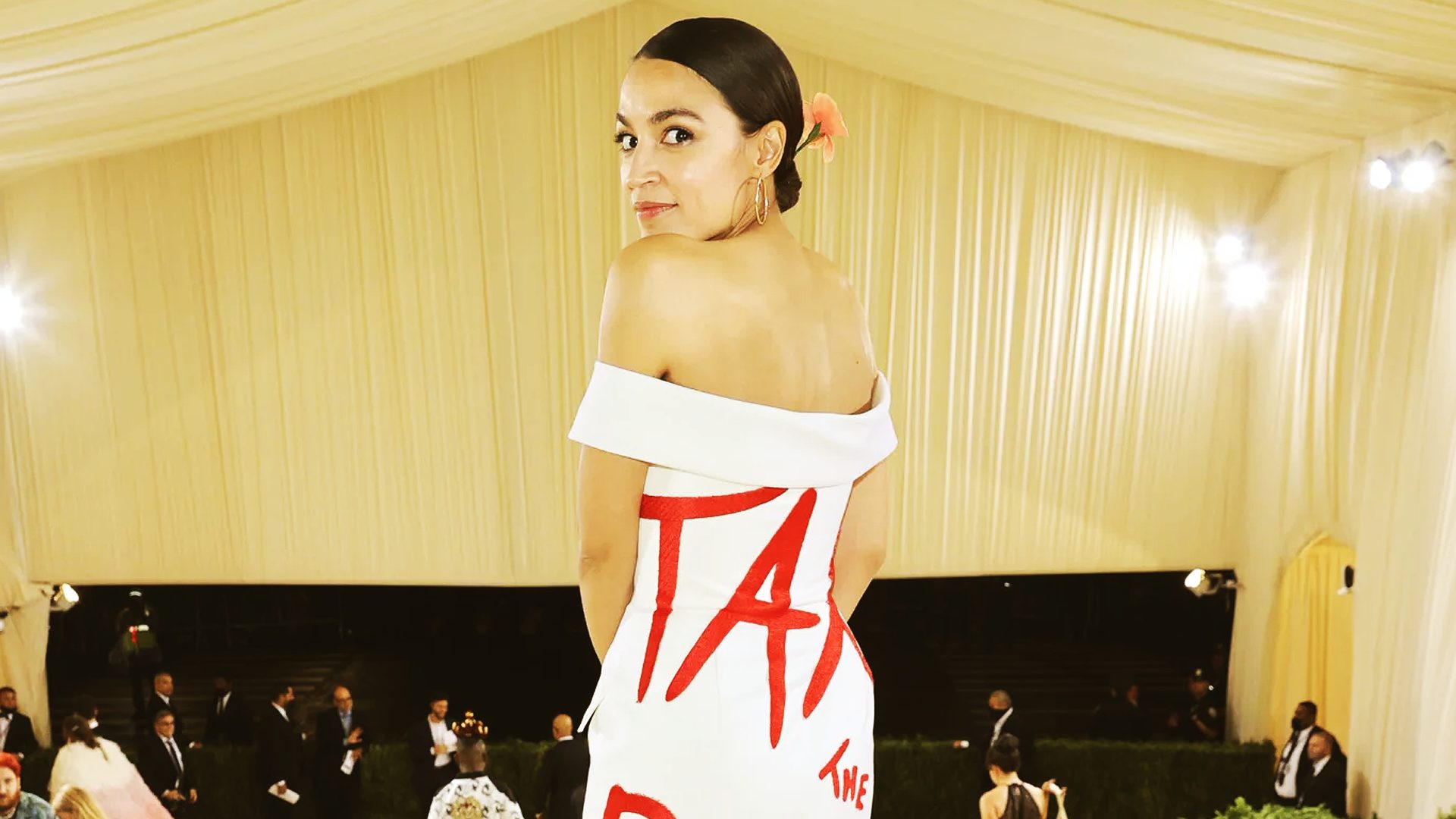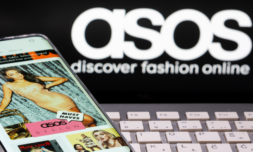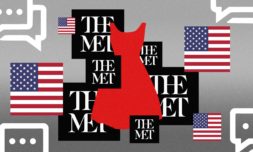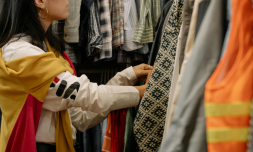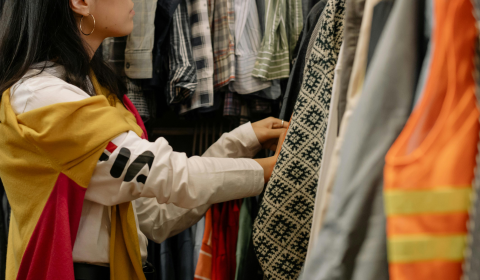In lieu of congresswoman AOC’s Met ball dress, here’s a look at the intrinsic politics of fashion – and why we need to stop denying it.
The Costume Institute of New York threw its annual Met ball last Monday, the first to emerge since the pandemic. As expected, none of us can stop talking about it.
Between the frenzied meme-ificaiton of A$AP Rocky’s quilt and Kim Kardashian’s… shadow, it was congresswoman Alexandria Ocasio-Cortez, arriving in a white strapless Brother Vellies gown with the words ‘Tax the Rich’ emblazoned across her back, who drew the most charged response from the public.
The look was considered by many to be a show of hypocrisy, a statement made in the wrong place at the wrong time (Met admission generally costs around $300,000 per table).
By nature, the Met stands for all that democrats ostensibly serve to dismantle; billion-dollar elitism and exclusivity. Model Indya Moore has already stated that this Met will be their last, after Black Lives Matter protesters were arrested outside the event on Monday.
But the outraged response to AOC’s dress says more about our prejudicial views of fashion than the nature of the industry itself.
Thousands have since cited the gown to denounce fashion’s place in politics, pointing to the disparity between its exploitative roots and the highbrow circles who benefit from them.
Others have simply echoed longstanding assumptions that fashion is the vapid fodder of an ignorant celebrity class.
While fashion’s multi-billion-dollar turnover is certainly marked by lines of privilege and oppression, its capacity to sustain (and dismantle) global economies flies in the face of those proclaiming its levity.
This is a conglomerate we all engage with every day. It is so fixed to our financial landscape that even the most ‘anti-fashion’ amongst us not only fuel its growth, but rely on the wealth it generates.
In the aftermath of AOC’s Met appearance, Google searches for ‘tax the rich’ surged. Her dress spun the night’s widespread coverage to infiltrate the same privileged community its message targeted.









